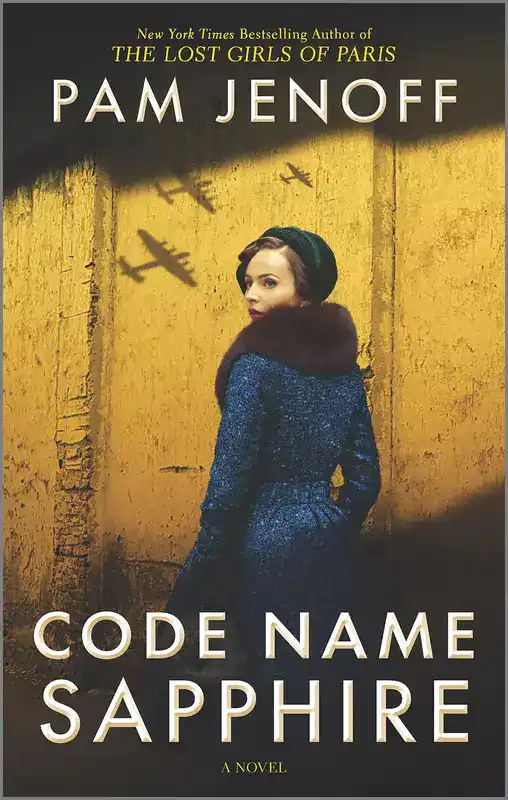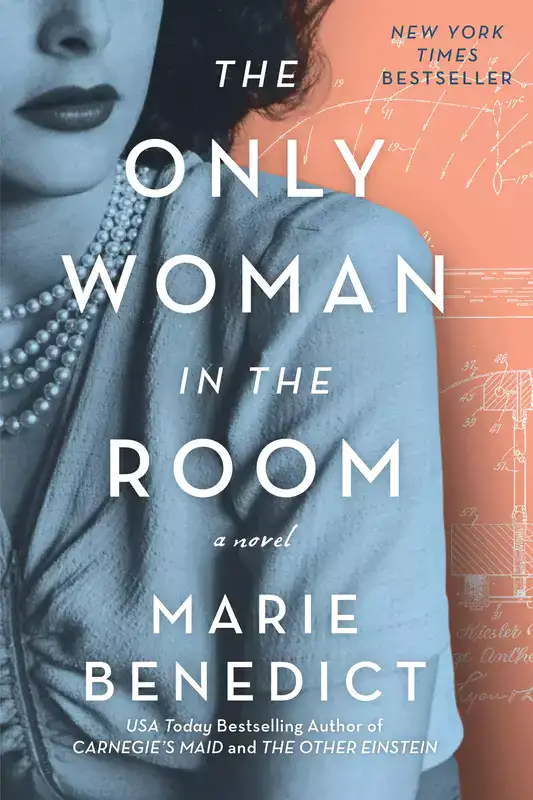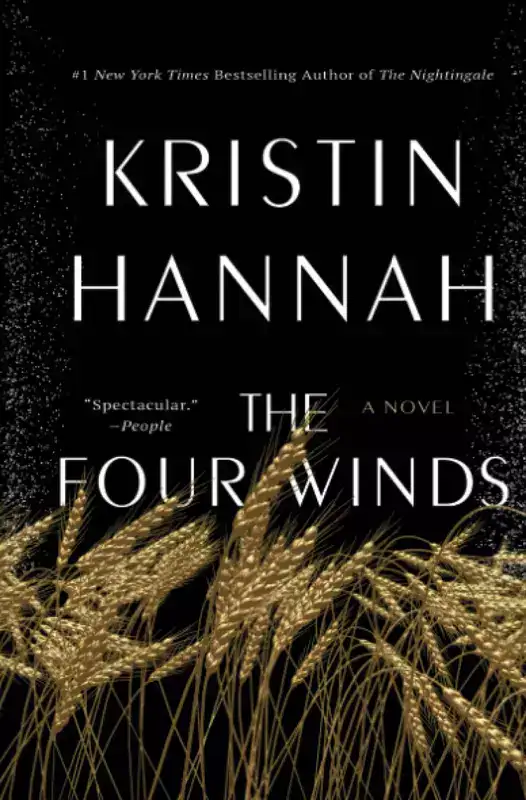This post may contain affiliate links. Read more here.
Book club questions for Rules of Civility by Amor Towles delve into the intricacies of social class and identity as a young woman navigates the vibrant and complex world of New York City high society in the late 1930s.
The novel follows the story of Katey Kontent, a young woman from a modest background who navigates the social circles of New York City in the late 1930s. As she rises through the ranks of high society and becomes entangled in a love triangle with two very different men, Katey must grapple with the complexities of social class, identity, and the pursuit of happiness.
With a captivating and sophisticated narrative that delves into the intricacies of social class, love, and identity, Rules of Civility offers a glimpse into the glamorous and complex world of high society in New York City during the late 1930s.
As the protagonist navigates the challenges of upward mobility and love, readers are invited to reflect on themes of ambition, self-discovery, and the cost of sacrificing one’s authenticity for social status.
So, let’s explore some book club discussion questions for Rules of Civility!
The Synopsis
From the #1 New York Times-bestselling author of The Lincoln Highway and A Gentleman in Moscow, a “sharply stylish” (Boston Globe) book about a young woman in post-Depression era New York who suddenly finds herself thrust into high society—now with over one million readers worldwide
On the last night of 1937, twenty-five-year-old Katey Kontent is in a second-rate Greenwich Village jazz bar when Tinker Grey, a handsome banker, happens to sit down at the neighboring table. This chance encounter and its startling consequences propel Katey on a year-long journey into the upper echelons of New York society—where she will have little to rely upon other than a bracing wit and her own brand of cool nerve.
With its sparkling depiction of New York’s social strata, its intricate imagery and themes, and its immensely appealing characters, Rules of Civility won the hearts of readers and critics alike.
In love with books? Try audio books or writing classes
for free for 30 days.✨
Selected Reviews for Rules of Civility
“Put on some Billie Holiday, pour a dry martini and immerse yourself in the eventful life of Katey Kontent…[Towles] clearly knows the privileged world he’s writing about, as well as the vivid, sometimes reckless characters who inhabit it.” —People
“With this snappy period piece, Towles resurrects the cinematic black-and-white Manhattan of the golden age…[his] characters are youthful Americans in tricky times, trying to create authentic lives.” —The New York Times Book Review
“An irresistible and astonishingly assured debut about working class-women and world-weary WASPs in 1930s New York…in the crisp, noirish prose of the era, Towles portrays complex relationships in a city that is at once melting pot and elitist enclave – and a thoroughly modern heroine who fearlessly claims her place in it.” —O, the Oprah Magazine
Book Club Questions for Rules of Civility
I hope you will enjoy analyzing the nuances of Rules of Civility with your book club. Share your thoughts and insights with us! ✨
- In the beginning of the novel, Katey thinks, “Being poor was a wonderful motivator” (p. 3). Do you agree with this statement? How does this belief influence Katey’s actions throughout the book?
- The title of the book, “Rules of Civility,” refers to George Washington’s book of the same name. What do you think Towles is trying to say by using this title? How do the characters in the book embody or reject these rules of civility?
- Throughout the book, Katey struggles with the idea of ambition and what it means to be successful. How does her relationship with Tinker reflect these struggles? Do you think she ultimately finds success?
- One of the recurring themes in the book is the idea of reinventing oneself. How do the characters in the book try to reinvent themselves, and do they succeed? What does this say about the nature of identity and self?
- At one point in the novel, Katey says, “What’s the point of thinking about the past? We’re not there anymore” (p. 72). Do you agree with this statement? How does this sentiment reflect Katey’s character and worldview?
- The book is set in 1930s New York City, a time of great economic turmoil and social upheaval. How does Towles use the setting to explore these themes? How do the characters’ experiences reflect the larger societal issues of the time?
- Throughout the book, Katey and her friends are constantly seeking new experiences and adventures. How do these experiences shape their characters? Do you think they are ultimately fulfilling?
- At one point in the book, Katey reflects on the idea that “Life doesn’t always serve up what we expect, and sometimes what it serves up is downright detestable” (p. 173). How do the characters in the book deal with unexpected and difficult situations? How does this relate to the theme of resilience?
- The book is narrated by an older, wiser Katey looking back on her youth. How does this perspective shape the story? Do you think it adds depth or detracts from the narrative?
- One of the most memorable scenes in the book is the party at Tinker’s apartment, where Katey and her friends meet a variety of interesting characters. How does this scene illustrate the themes of the book, and what do you think it says about the nature of human connection?
- Throughout the book, Katey is acutely aware of social class and its impact on people’s lives. How does class play a role in the novel, and what does Towles seem to be saying about the American class system of the 1930s?
- At one point in the book, Katey reflects on the idea that “there are all sorts of reasons why people behave as they do” (p. 199). How does this sentiment relate to the characters in the book? Are there any characters whose actions you found particularly surprising or unexpected?
- As the narrator of the story, how does Katey’s perspective shape our understanding of the other characters in the novel, such as Dicky, Bitsy, Peaches, Hank, and Anne Grandyn? How do their interactions with Katey contribute to her growth and development as a character?
- How does Katey’s upbringing influence her approach to relationships and her sense of self? In what ways does she struggle to reconcile her working-class roots with her desire for upward mobility and refinement?
- Towles has been praised for his vivid descriptions of New York City. What are some of the most memorable settings in the book, and how do they contribute to the overall mood and tone of the story?
- One of the key relationships in the book is between Katey and Eve. How does their friendship evolve over the course of the story, and what does it say about the nature of female friendships?
- The book is full of references to art, literature, and music. What role do these references play in the story, and how do they contribute to the characters’ development and the overall themes of the book?
- Tinker’s adherence to George Washington’s “Rules of Civility” is a major plot point in the novel. In what ways does the theme of self-improvement through etiquette and social grace manifest throughout the story? How does this relate to the larger themes of class and upward mobility in the novel?
- One of the central conflicts in the book is between Tinker and Wallace, two very different men vying for Katey’s affections. How does this conflict play out, and what does it say about the nature of love and attraction?
- Towles uses a variety of narrative techniques in the book, including flashbacks, foreshadowing, and shifts in point of view. How do these techniques contribute to the overall structure and pacing of the story?
- At one point in the book, Katey remarks that “everything happens only a certain number of times, and a very small number really” (p. 335). How does this idea relate to the themes of the book, and what does it say about the nature of time and memory?
- In many ways, Rules of Civility is a love letter to New York City. How does the city itself serve as a character in the novel, shaping the experiences and decisions of the main characters? What role does nostalgia play in Katey’s reflections on her time in the city?
- The novel features several instances of characters navigating treacherous waters, both literal and metaphorical. How do these moments of crisis and survival shape the characters and their relationships with each other? How does the theme of navigation relate to the larger theme of personal growth and transformation?
- What role does fate play in the novel? How do chance encounters and coincidences shape the course of the characters’ lives? How do the characters themselves respond to the idea of fate and free will?
- The novel is divided into four parts, each taking place during a different season of the year. How does the changing of the seasons contribute to the narrative structure and the development of the story? In what ways do the seasons mirror the emotional journeys of the characters?
- One of the most memorable scenes in the book is when Katey and Tinker attend a performance by Billie Holiday. How does this scene illustrate the themes of the book, and what role does music play in the story overall?
- In the final pages of the book, Katey reflects on the idea that “we all eventually turn into our own doppelgangers” (p. 335). How does this idea relate to the characters in the book, and what does it say about the nature of identity and self-discovery?
Additional Recommendations
Hope you enjoyed my book club and discussion questions for Rules of Civility by Amor Towles!
Here are some more of my book club recommendations:
Code Name Sapphire by Pam Jenoff
A woman must rescue her cousin’s family from a train bound for Auschwitz in this riveting tale of bravery and resistance, from the bestselling author of The Lost Girls of Paris
1942. Hannah Martel has narrowly escaped Nazi Germany after her fiancé was killed in a pogrom. When her ship bound for America is turned away at port, she has nowhere to go but to her cousin Lily, who lives with her family in Brussels. Fearful for her life, Hannah is desperate to get out of occupied Europe. But with no safe way to leave, she must return to the dangerous underground work she thought she had left behind.
Seeking help, Hannah joins the Sapphire Line, a secret resistance network led by a mysterious woman named Micheline and her enigmatic brother Matteo. But when a grave mistake causes Lily’s family to be arrested and slated for deportation to Auschwitz, Hannah finds herself torn between her loyalties. How much is Hannah willing to sacrifice to save the people she loves?
Inspired by incredible true stories of courage and sacrifice, Code Name Sapphire is a powerful novel about love, family and the unshakable resilience of women in even the hardest of times.
The Only Woman in the Room by Marie Benedict
Bestselling author Marie Benedict reveals the story of a brilliant woman scientist only remembered for her beauty.
Her beauty almost certainly saved her from the rising Nazi party and led to marriage with an Austrian arms dealer. Underestimated in everything else, she overheard the Third Reich’s plans while at her husband’s side and understood more than anyone would guess. She devised a plan to flee in disguise from their castle, and the whirlwind escape landed her in Hollywood. She became Hedy Lamarr, screen star.
But she kept a secret more shocking than her heritage or her marriage: she was a scientist. And she had an idea that might help the country fight the Nazis and revolutionize modern communication…if anyone would listen to her.
A powerful book based on the incredible true story of the glamour icon and scientist, The Only Woman in the Room is a masterpiece that celebrates the many women in science that history has overlooked.
The Four Winds by Kristin Hannah
“My land tells its story if you listen. The story of our family.”
Texas, 1921. A time of abundance. The Great War is over, the bounty of the land is plentiful, and America is on the brink of a new and optimistic era. But for Elsa Wolcott, deemed too old to marry in a time when marriage is a woman’s only option, the future seems bleak. Until the night she meets Rafe Martinelli and decides to change the direction of her life. With her reputation in ruin, there is only one respectable choice: marriage to a man she barely knows.
By 1934, the world has changed; millions are out of work and drought has devastated the Great Plains. Farmers are fighting to keep their land and their livelihoods as crops fail and water dries up and the earth cracks open. Dust storms roll relentlessly across the plains. Everything on the Martinelli farm is dying, including Elsa’s tenuous marriage; each day is a desperate battle against nature and a fight to keep her children alive.
In this uncertain and perilous time, Elsa―like so many of her neighbors―must make an agonizing choice: fight for the land she loves or leave it behind and go west, to California, in search of a better life for her family.
The Four Winds is a rich, sweeping novel that stunningly brings to life the Great Depression and the people who lived through it―the harsh realities that divided us as a nation and the enduring battle between the haves and the have-nots. A testament to hope, resilience, and the strength of the human spirit to survive adversity, The Four Winds is an indelible portrait of America and the American dream, as seen through the eyes of one indomitable woman whose courage and sacrifice will come to define a generation.
Thank you for reading my book club questions and discussion guide. Happy reading! ❤️


